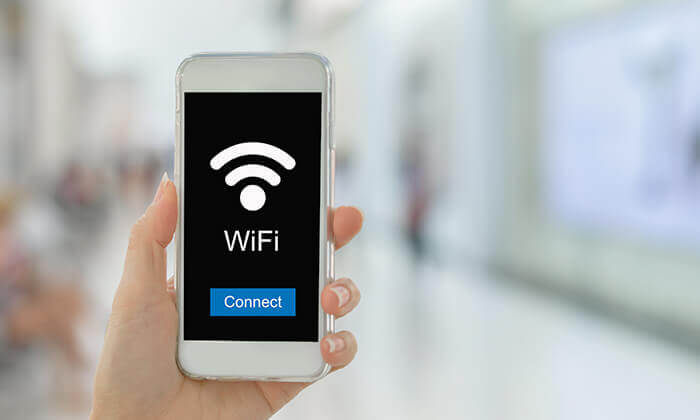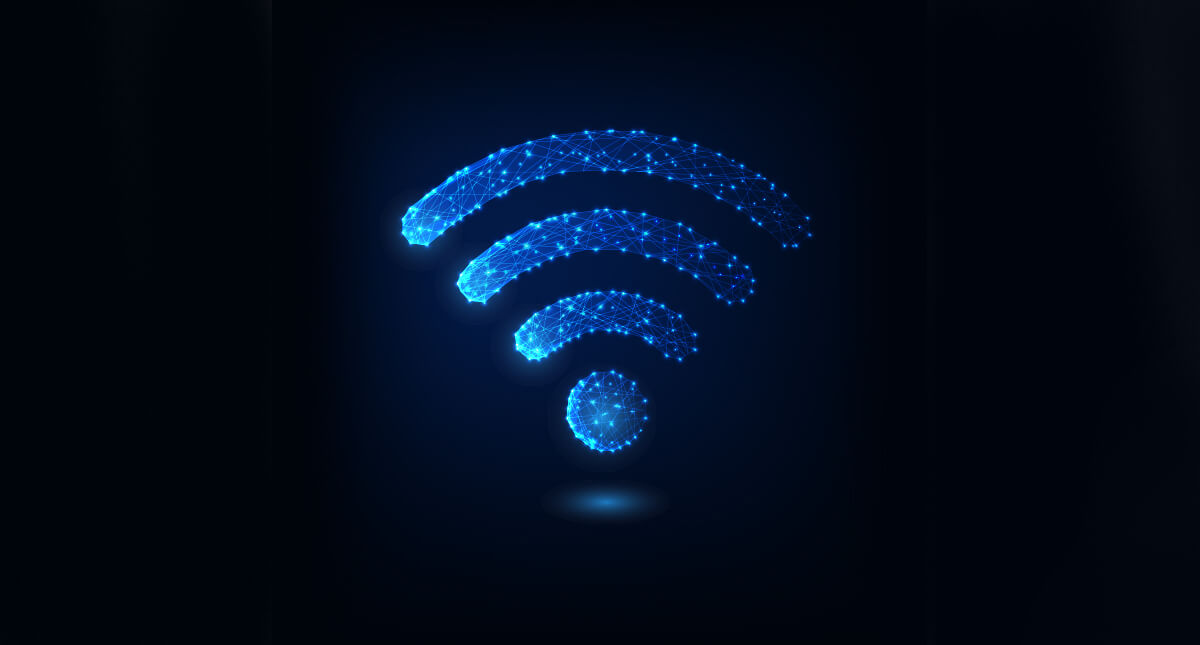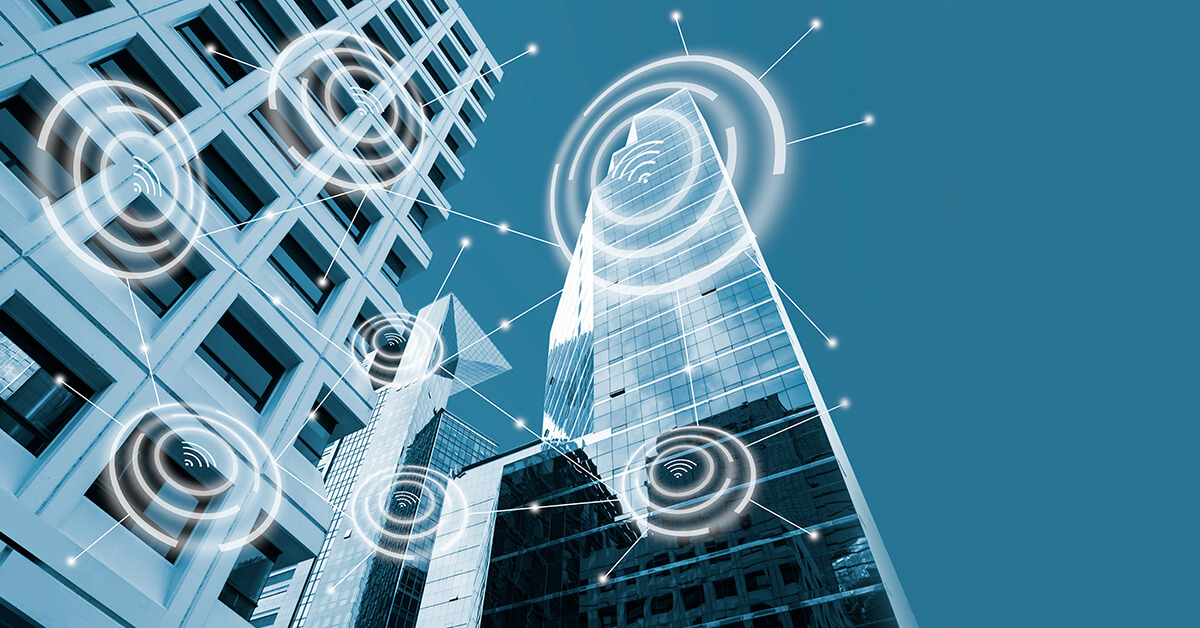
WiFi technology
WiFi technology uses radio waves to provide network connectivity. A WiFi connection is established using a wireless adapter to create hotspots in the vicinity of a wireless router that is connected to a network and allows users to access the wireless technologies. It’s one of the most ubiquitous and standardized access point in the world of technology. We don’t need to check whether our phone is using the same wireless connection as the one available in restaurant or neighbour’s house, or the foreign hotel that you visit coz it just works.
Though most of the things can be done with the help of a wire-line internet connection, wi-fi technology has its own advantage of easy to deal with. We need Wi-Fi because there is value in mobility and being tethered by a hard line is very much painful.
The best use of this technology is in a multi-user environment i.e. Schools, Colleges, Hospitals, Malls, Organization etc.
Why Do I Need WiFi?
Reasons to set up wifi technology:
- Freedom to access the Internet from anywhere within the signal range and move your devices around without losing the connection. Connect any mobile device, laptop, Tab etc with no extra work required
- Ability to access other devices connected to your network, for example, multiple computers can use one printer without a directly wired connection
- Freedom from the hassle of installing wired connections in different rooms
- Cost-effective
- Security Enabled
- Increase in Customer Satisfaction as Customers view firefly wifi facility as a necessity
- Helps to connect with customers thereby engaging with them directly and promoting brand
- Data Analytics like Capturing Names, Location, Gender, Age, Date of Birth and Relationship Status etc
- View New and Returning Visitors to locations like malls etc
- Increase Social Media Presence
- Segmented and Target Promotion
- Live Customer Insight
- Increase in Email Open Rates
Who Needs WiFi?
The major factors that drive the market growth are an increase in the use of cell phones and smart devices, growth in adoption of Wi-Fi hotspots by hospitality, retail, and education sector, and adoption of carrier wifi technology by the network operators for data traffic.
Major Industries where wifi technology is used
- Telecom and IT
- Retail
- Hospitality
- Healthcare
- Education
- Transportation
- Financial services
- Others
Telecom and IT:
Public Wi-Fi could address the issue of call drops and the degrading quality of service which results in users experiencing poor speeds on 3G or 4G Networks. Wifi technology could be a cheaper option as compared to that of 3G or 4G networks in places that already have fibre backhaul. Wi-Fi infrastructure sharing can facilitate offloading of traffic on to Wi-Fi networks thereby easing network congestion on mobile networks in highly dense public footfall areas.
Further, the government’s e-governance and electronic delivery of services (digital payments, Aadhar) will also get a boost with wifi technology.
Also, a business can set up (Voice over Internet Protocol) network which allows you to make and receive calls directly through your office WiFi and no separate phone plan or offload or landline is required. Hence you could save money on phone bills.
More and more people nowadays are working from home as a part-time or full time employee or even running their business. With the apps like Skype, they can even conduct meetings with their colleagues or partners and smoothly carry out their work.
Retail:
Daily thousands of customers visit large shopping malls, hence the potential for marketing to a captive audience is huge. Through WiFi you can reach more people with your highly-targeted messages.
Hospitality:
Hotel industry is extremely competitive and you gain an edge by offering smart WiFi and collecting customer data for targeted marketing.
Recreational Parks & Outdoor: Theme Parks are amazing recreation Wi-Fi space areas that attract hundreds of thousands of visitors each year. You can collect information about all of your visitors, including their email address and their age in order to keep in touch with them and entice them with special offers.
Theme parks face stiff competition and marketing challenges, and it’s important to embrace new technologies and marketing methods to survive in an increasingly competitive market. Targeting your message to the right people at the right time is ever more important.
Healthcare:
Assess management: It is sometimes difficult to locate the equipment needed in hospitals. With Wi-Fi, you can get an asset tracking solution and save time from searching for the equipment.
Monitoring temperature: Storage of food, organs, blood, pharmaceuticals or any other important items at a particular temperature in a hospital is needed for the safety of patients. Wifi technology can easily track the storage temperature that assembles data automatically. With wifi technology, alerts can be sent from different devices about error conditions or reports of temperature.
Patients record: Health care centres can actually improve safety and peace of mind of both the patient and the staff by updating all patients record over mobile during ward rounds and save paperwork. This reduces the likelihood of important information getting missed.
Education:
Wifi technology has facilitated the growth of online education and has made educational materials easily accessible to students across the globe. This has helped students to obtain valuable educational materials whenever required. Therefore, teachers equip these students with this technology which have educational content. In a nutshell, Wi-Fi technology has improved the student’s attitude towards learning.
Transportation:
In our digital world, people expect to be always connected to get all the information they need. And because the desire to remain connected never stops – for example on the road – a wireless Internet connection is the solution so that people remain connected to the Internet at all times whether at Airports, railway stations or Bus stops etc
Financial Services:
- Wait time – Installing and offering guest WiFi at your bank can make wait times more pleasant and productive
- Educate customers – Almost every bank has its own mobile application with unique services that many of your clients have just never heard of. Installing WiFi at bank provides staff ,the opportunity to educate customers on the services and features offered. Older clients will especially appreciate the chance to learn about new options that they wouldn’t explore on their own.
- Promote new products and services – WiFi at bank grants several promotional and marketing capabilities that aren’t available through traditional marketing mediums. Using a branded splash page, bank can raise awareness of new products and services like credit card offers, loans, investment and business banking.
- Collect customer data –Banking is one of the few industries with customer demographics that span all races, sexes and ages. Analytics helps to understand customers needs like their preferred products, the days and times when they are most likely to step in.
Others:
Townships, RWA etc The property owners or managers find the Wi-Fi access as the most convenient amenities to market their properties. The internet has enhanced the value of their property by ensuring that their building infrastructure is future-proof.
Smart Cities: Wi-Fi can be deployed on streetlights to enable low-cost deployments over large areas. Digital kiosks and signs can enable Wi-Fi using their existing network connections and can provide funding to support larger Wi-Fi deployments. All this will benefit to Bridge digital divide, Improve city/town image, Improve visitor/resident satisfaction and Spur economic development.
Conclusion:
The use of wifi technology is not limited to aforesaid industries but with the WiFi 6 coming in there are a host of new opportunities and applications including IoT which will come into the picture and pave the way for future. According to the most recent Mobility Report by Ericsson, by 2020, there will be roughly 6 billion smartphones in use. In addition, Gartner forecasts that by 2020 there will also be almost 21 billion IoT devices in use worldwide—that’s a lot of connected devices!
The continuous boom in number and type of connected devices demands that wireless networks keep up, by capacity design and future growth.
Authored By Mr. Pankaj Sharma




